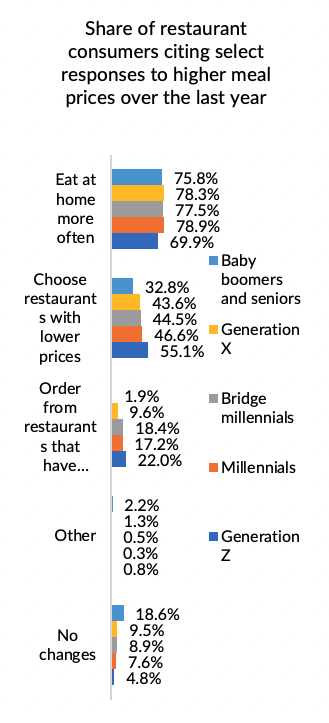Subway Finds Buyer as Consumers Seek Budget-Friendly Restaurants

With inflation prompting many consumers to choose low-priced restaurants over more expensive alternatives, Subway has secured a buyer.
The QSR giant, which has nearly 37,000 restaurants around the world, announced Thursday (Aug. 24) that it has agreed to be acquired by Roark Capital, owner of Inspire Brands (a group that includes Dunkin’, Baskin-Robbins, Arby’s and several other popular restaurant chains).
“This transaction reflects Subway’s long-term growth potential and the substantial value of our brand and our franchisees around the world,” Subway CEO John Chidsey said in a statement. “Subway has a bright future with Roark, and we are committed to continuing to focus on a win-win-win approach for our franchisees, our guests and our employees.”
The price was not disclosed, but Reuters reported that sources familiar with the matter valued the restaurant chain at up to $9.55 billion.
 Word of the brand’s search for a buyer had been circulating since the start of the year, with reports this past spring that the company was getting closer to a sale.
Word of the brand’s search for a buyer had been circulating since the start of the year, with reports this past spring that the company was getting closer to a sale.
Subway seems to have been performing well in recent years, even as others in the industry have faced traffic challenges. The company announced in July its 10th consecutive quarter of sales growth, noting a 9.8% increase in same-store sales around the world for the first half of this year and a 9.3% uptick in North America.
The current macroeconomic environment, with restaurant prices rising well above the overall food inflation rate, has had its advantages for QSRs. According to a February survey of more than 1,200 restaurant customers carried out for PYMNTS’ “Connected Dining” series, 55% of Generation Z diners, 47% of millennials and 44% of Generation X have been choosing more budget-friendly restaurants in response to rising menu prices.
However, fewer consumers are making restaurant purchases overall. Additional research conducted for the survey revealed that, as of June, only 58% of consumers reported having made a restaurant purchase in the previous month, down from 67.4% in May and 67% at the close of last year.
Across the industry, QSRs continue to feel the pressure, as fast-food giant McDonald’s noted on an earnings call last month.
“We’re operating in a challenging macro environment where costs remain elevated, customer discretionary spending is limited and industry traffic is pressured,” McDonald’s Executive Vice President and Chief Financial Officer Ian Borden told analysts.
The QSR segment may also be hurt by consumers’ turn away from delivery, a channel in which fast-food brands have historically thrived.
Notably, just as restaurant inflation outpaces overall food inflation by a considerable margin, QSR menu price increases have been steeper than those of full-service restaurants (FSRs). The latest Consumer Price Index (CPI) data from the U.S. Bureau of Labor Statistics (BLS) noted that year-over-year restaurant inflation, as of July, was at 7.1%, well above the overall food rate of 4.9%. Plus, increases for the “limited service meals and snacks” category was 1.3 percentage points higher than those for “full service meals and snacks.”